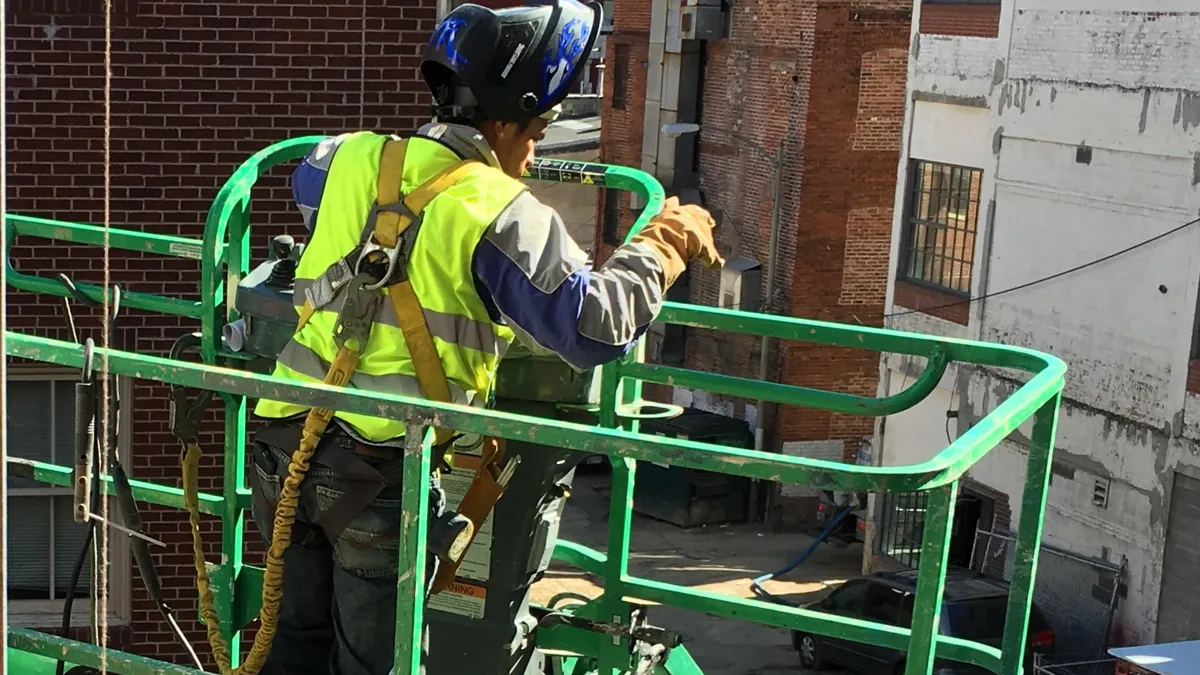Dive Brief:
-
President Donald Trump's regulatory policies are one of the biggest threats to safety in the workplace, according to the American Federation of Labor and Congress of Industrial Organizations' (AFL-CIO's) 26th-annual report on the state of worker safety.
-
The AFL-CIO said the lives of 553,000 workers "have been saved" since implementation of the Occupational Safety and Health Act of 1970, but that Trump's deregulation policies, repeal of OSHA rules and budget cuts for training could make the workplace more dangerous.
- The labor group advised the new administration to focus on key workplace safety and health standards such as those to prevent workplace violence, protect workers from infectious disease and combustible dust, and to enact legislation like the Protecting America's Workers Act that would broaden OSHA's reach.
Dive Insight:
The Trump administration got off to a fast start in making its regulatory intentions known. It so far has led the repeal of the Volks rule, which authorized OSHA to extend its enforcement authority of recordkeeping violations from six months to five years. It also repealed the Department of Labor's Fair Pay and Safe Workplaces Act, which would have required contractors who wanted to bid on federal projects of $500,000 or more to first submit their history of labor law compliance to the DOL for review. And its executive order mandating the review of federal regulations caused OSHA to push back implementation of its new beryllium exposure rule.
Trump has also taken a different approach to enforcement than that of his predecessor. Whereas the number of press releases announcing big-ticket fines and major violations came at a steady clip under the Obama administration, there has been only one such release since the inauguration (plus a release concerning a general contractor and its subcontractor being charged jointly in a worker-safety violation). There have, however, been a steady stream of notices regarding employer and OSHA cooperation and education efforts, which some experts say will be the focus of Trump's safety policy.
In its report, the AFL-CIO also shared statistics on the current construction safety landscape. It noted that construction had the highest number of work-related deaths of any industry in 2015, at 937 — the second-straight year the figure has increased. In all industries, the Latino fatality rate was 18% above the national average that year, with 67% of those deaths among immigrant workers. Older workers were also at higher risk, with a fatality rate of 35% for workers 55 and older.













